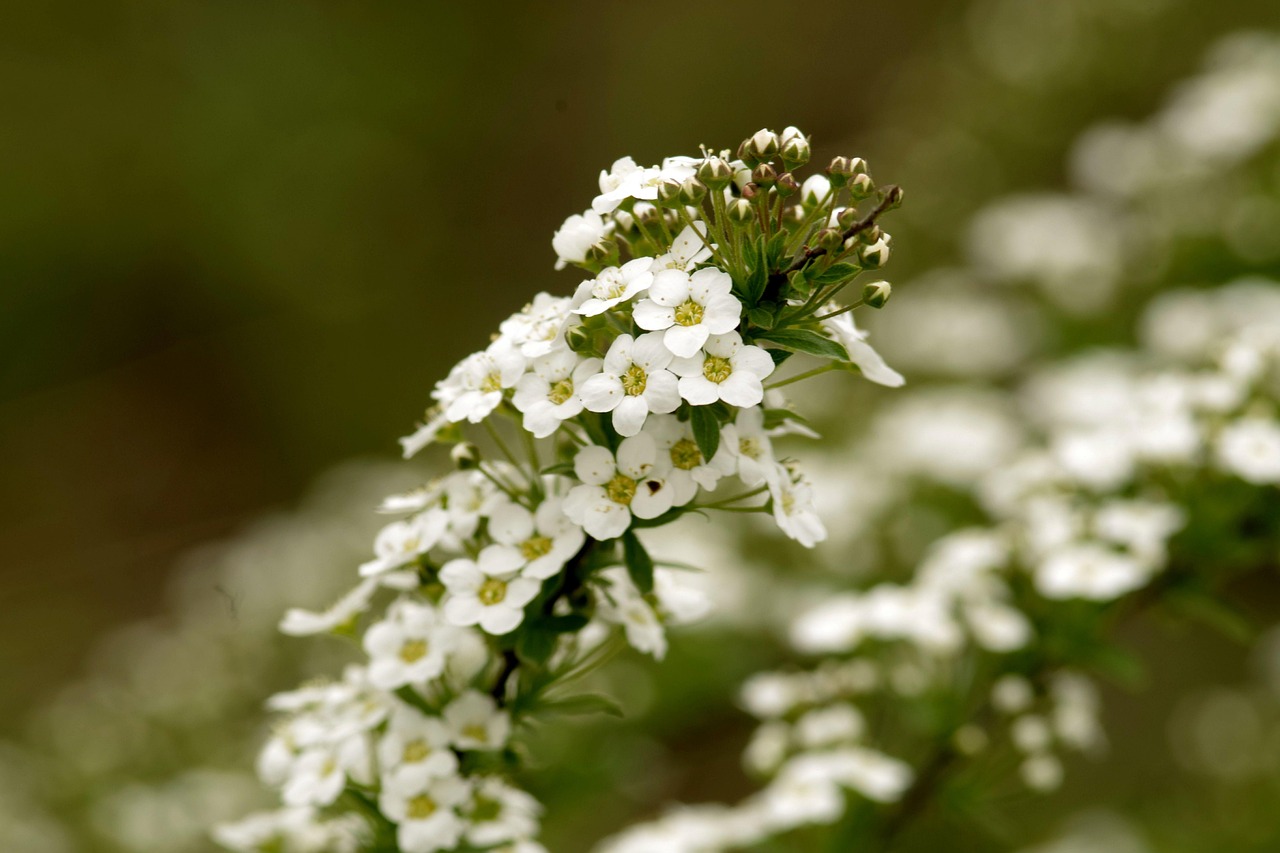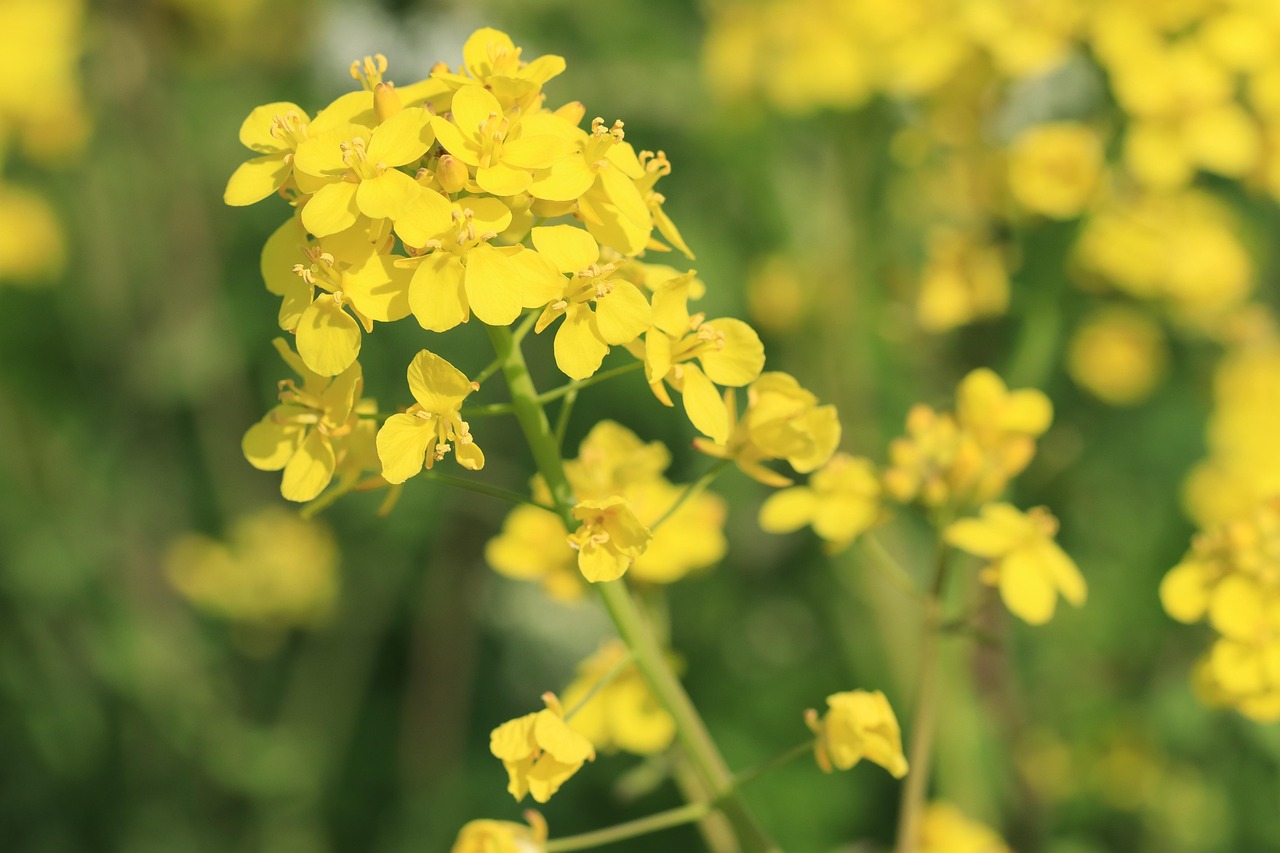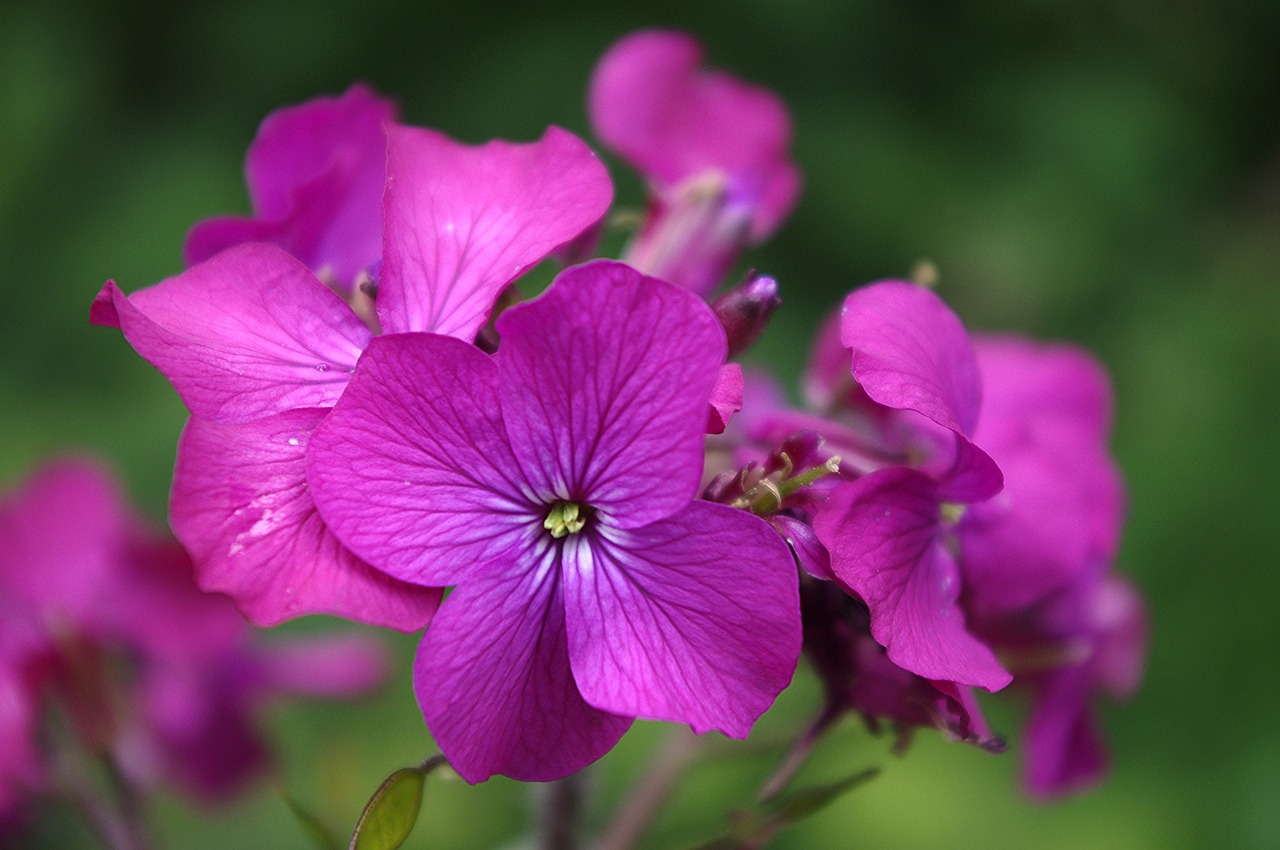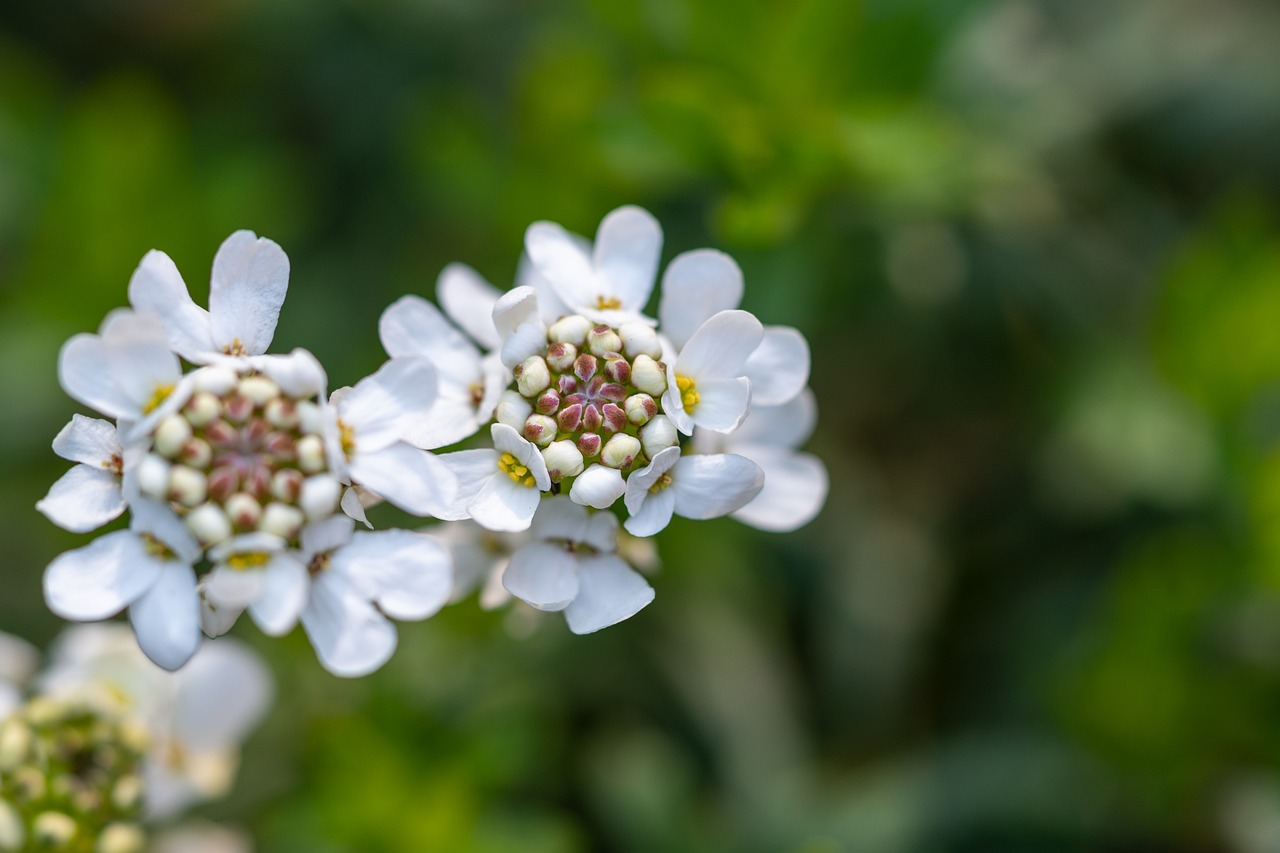Cuckooflower | A Symbol of Spring as a Folk Plant in the Fields
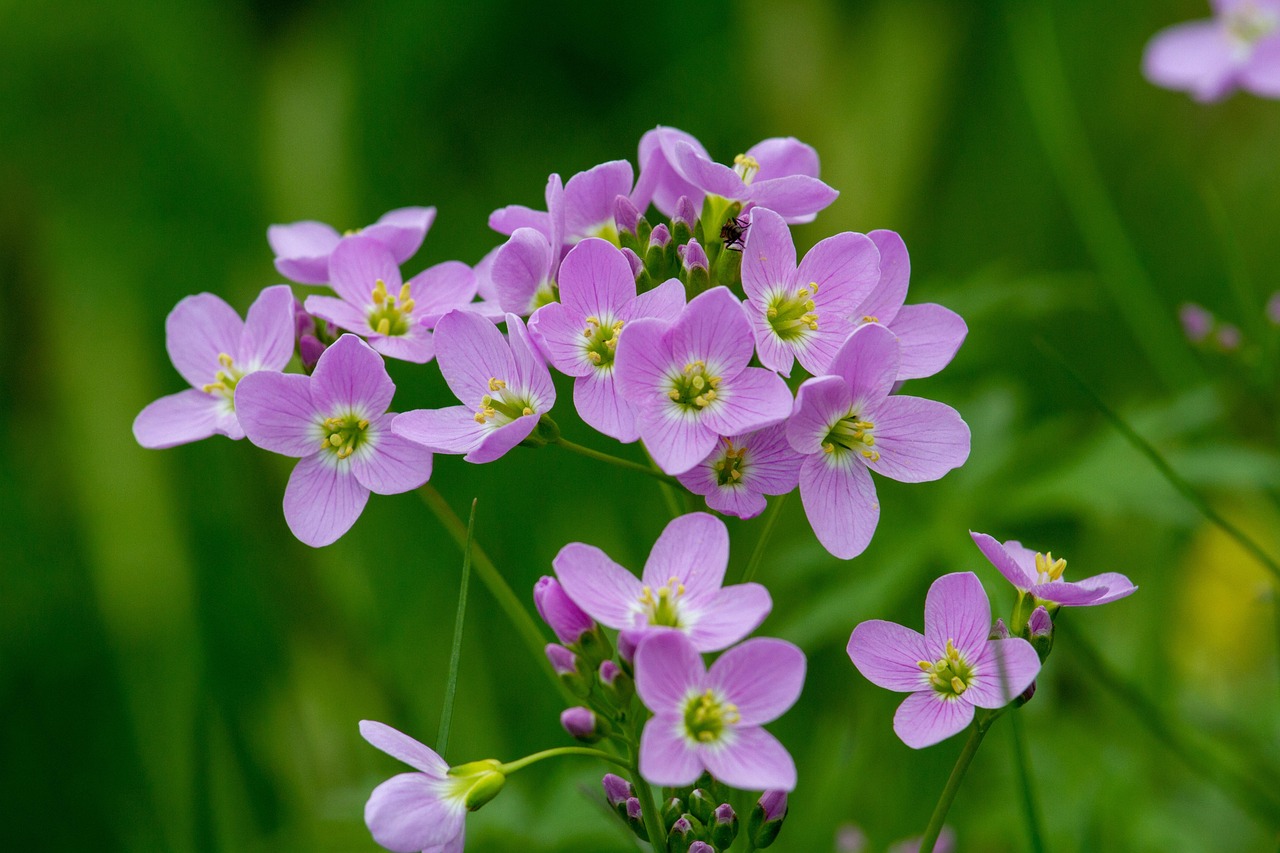
I introduce the Cuckooflower (Cardamine pratensis), a perennial plant of the Brassicaceae family that produces graceful blossoms along wetlands and riversides in early spring.
In Japan, it grows wild in fields and is known as a flower that heralds the arrival of spring. In Europe and other regions, it has long appeared in folklore and poetry, cherished as a seasonal symbol.
In this article, I explain not only the botanical characteristics of the Cuckooflower, but also its cultural significance and historical background across the world, as well as practical tips for cultivation.
Basic Information
- Scientific name: Cardamine pratensis
- Family: Brassicaceae
- Origin: Europe, Western Asia, North Africa
- Appearance: Height 30–60 cm, with slender upright stems bearing four-petaled flowers in pale purple, pink, or white. The leaves form a basal rosette and are pinnately divided.
- Flowering season: Spring (April–June)
Cultural Features Around the World
In Europe, this plant is called “Cuckoo flower” or “Lady’s smock” and is regarded as synonymous with spring.
In England, the name “Cuckoo flower” spread because the blossoms appear at the same time as the cuckoo’s first call, making it beloved as a herald of spring. The name “Lady’s smock” is said to derive from the delicate form and color of the petals, reminiscent of fine undergarments, and has been valued as a symbol of rustic natural beauty since the Middle Ages.
In certain regions, the flowers have been used in traditional festivities such as May Day celebrations, woven into garlands and decorations to mark seasonal transitions. In Ireland and Scotland, gathering this flower could even hold ritual significance as a symbolic act of welcoming spring.
Historical Episodes
The Cuckooflower has appeared in European herbals since ancient times and gained wider recognition with the development of botany in the 16th and 17th centuries.
In England, during the Tudor and Elizabethan eras, it was often mentioned in poems and prose describing rural landscapes, symbolizing the harmony between nature and human life. Shakespeare himself referred to “Lady’s smock” in his plays, where it helped to evoke the imagery of spring.
In the Victorian era, when floral dictionaries became popular, the Cuckooflower was given the meanings of modesty and quiet affection. This enhanced its value as a garden ornamental and a gift flower, and gardeners began incorporating it into wetland-inspired landscapes.
Gardening Advice
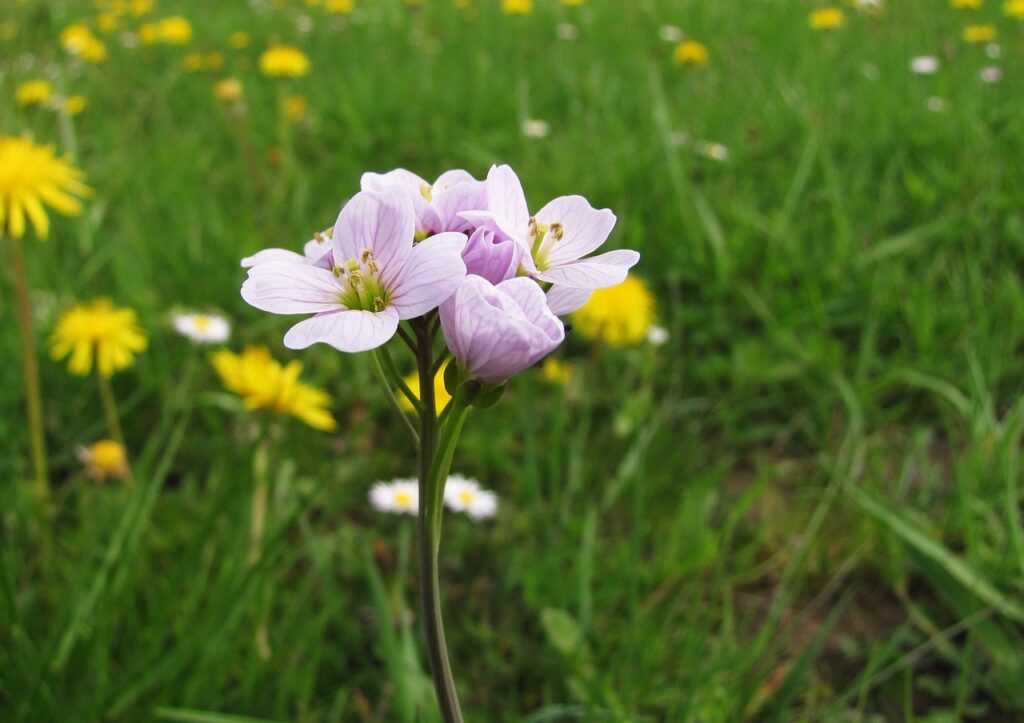
The Cuckooflower thrives in naturalistic conditions, especially in moist environments.
Light
Partial shade to bright shade is suitable. Avoid strong direct sunlight, which may scorch the leaves.
Watering
Keep the soil consistently moist, especially during its growing season in spring and early summer.
Soil
Moist yet well-drained soil is ideal. Mixing leaf mold or peat moss helps maintain humidity while preventing root rot.
Fertilizer
Minimal feeding is sufficient. Apply a small amount of slow-release fertilizer in spring.
Planting
Best planted in spring or autumn. Suited for wetlands, water gardens, or naturalistic landscapes.
Wintering
Hardy even in cold climates. The plant dies back in winter but sprouts again in spring.
Conclusion
The Cuckooflower is a perennial cherished across Europe as a symbol of seasonal change. It has appeared in poetry and folklore as a flower that signals spring, influencing gardening traditions and local customs alike.
With its delicate blossoms and preference for wetlands, it is well-suited to natural gardens, bringing a serene and tranquil beauty to the landscape.

